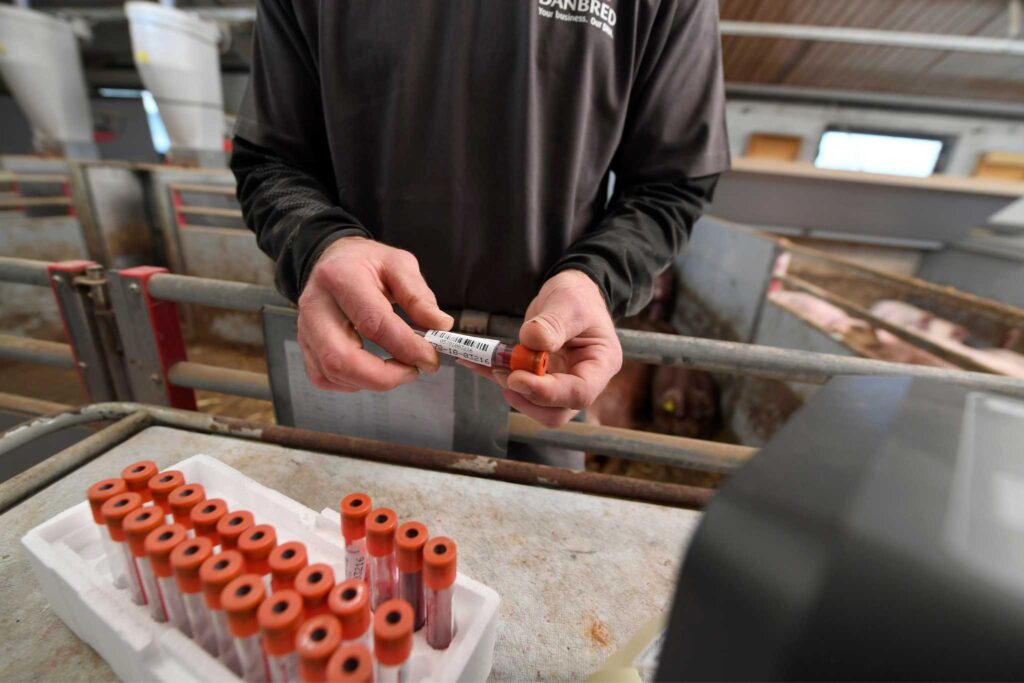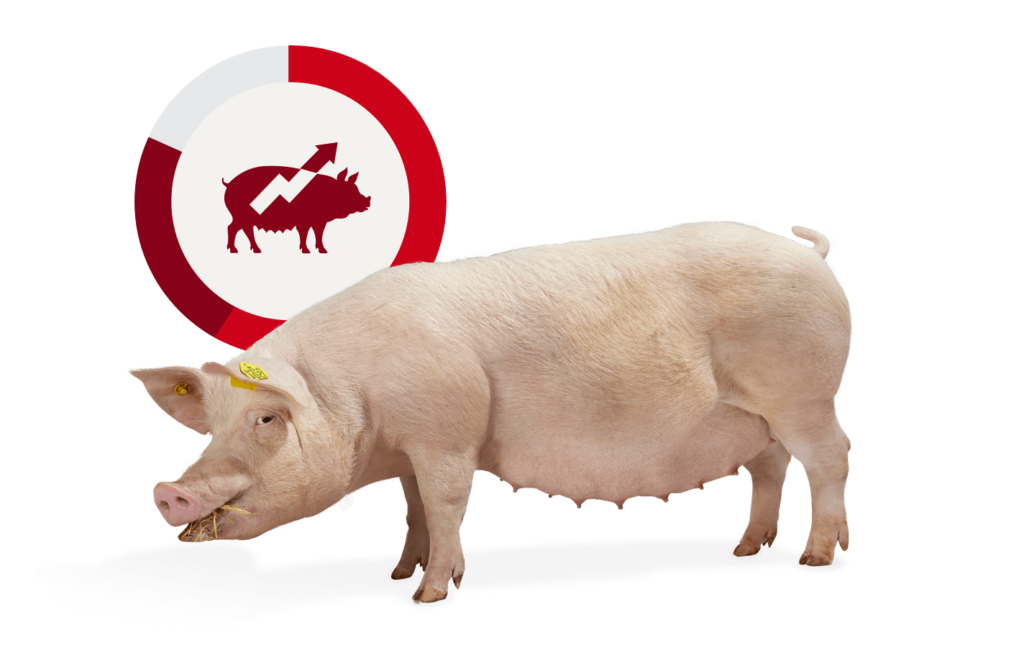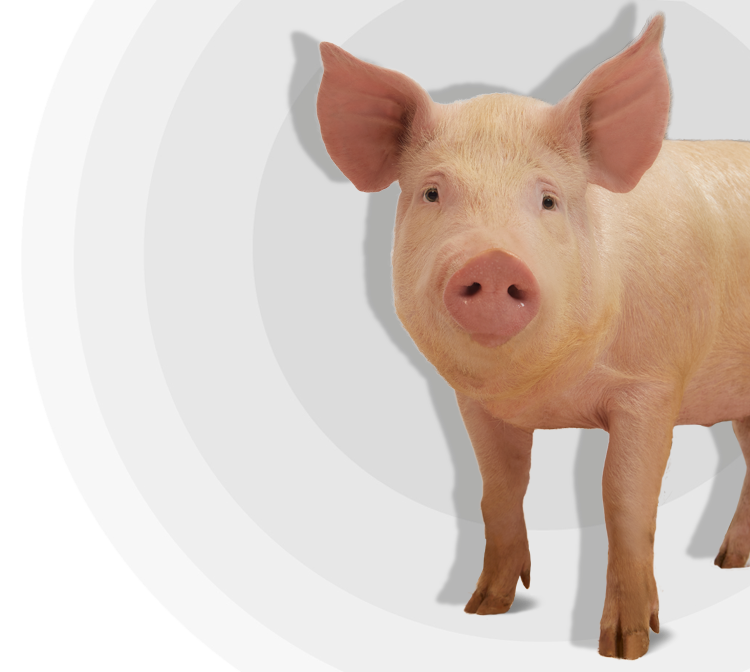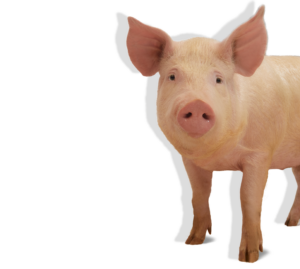High-health DanBred pigs are known for world-class performance – implementing the correct health integration strategy for the new breeding stock will ensure world-class performance on your farm.

High-health DanBred genetics are well known for world-class performance- delivering large robust litters with an extraordinary genetic potential for growth. To maximise the full potential of their genes, it is imperative to implement a proper acclimatisation program which includes a well-managed quarantine period. This will slowly expose the breeding stock to the pathogens in the recipient herd whilst allowing the animals time to recover and establish proper immunity. At the same time, the animals will be able to adjust to their new climate, feed, housing and management systems.
DanBred breeding stock is delivered with a declared health status and transparent vaccination and treatment history.
Disciplined management and systematic recording are essential tools when introducing new animals into any herd. Maintaining the health status of the existing herd is critical to sustaining productivity, which is why knowing the health history and subsequent status of both incoming stock and the receiving herd is important. If breeding animals from high health status herds are entered directly into an existing herd in which certain infections are present and active, the immediate productivity of the new animals is compromised (DPRC, 2013).
Implementing a correct acclimatisation strategy of the new breeding stock will ensure immunity to the diseases in the existing herd before entry.
The main objectives for the acclimatisation period is to:
To ensure the above goals, new breeding stock should always be placed in an isolated quarantine facility.
It is there that the incoming animals can be blood tested to ensure they are not incubating diseases that do no already exist in the production herd.
Furthermore, a vaccination plan in accordance with the on farm health status should be initiated to ensure a health match between the existing herd and the incoming breeding stock (DPRC, 2013).
The vaccination programme should be initiated in the quarantine facility where the new animals are isolated for at least 8 weeks, Depending on health status and vaccination procedures, the isolation period could be extended to 12 weeks (DPRC, 2007).
Develop and implement a diagnostic plan specific to your herd with your herd veterinarian or health services department- DanBred is happy to assist if needed.



Proper health management will minimise potential challenges which could disrupt either the new breeding stock or the existing herd.
New breeding stock should always be placed in a quarantine facility upon arrival:
If it is not possible to allocate independent labour for the quarantine unit, ensure that the work in the quarantined section is done at the end of the day. Enforce proper downtime for all staff before entering back into the existing herd, and consult the herd veterinarian for further guidance.
Check the animals’ immediate health on a daily basis. Seek veterinary advice if concerns arise and watch for signs and symptoms of diseases, including:
Vaccinations should be administered in accordance with the on-farm veterinary health plan, and should support the following ideals:
[1] Danish Pig Research Centre (DPRC) (2007): Manual – Håndtering af polte. SEGES Videncenter for Svineproduktion. Retrieved 25/02/19 https://svineproduktion.dk/publikationer/ kilder/lu_rapporter/manual_haandtering_polte
[2] Danish Pig Research Centre (DPRC) (2013): Smitteforebyggelse i besætningen. SEGES Videncenter for Svineproduktion. Retrieved 25/02/19 https://svineproduktion.dk/viden/om-grisen/sundhed/forebyggelse/smittebeskyttelse
Join our list and get valuable insights and practical knowledge directly in your mailbox.
We can help you transition to DanBred genetics, technical services, transport and more. Book a time with us, and we will call you when it suits you.

Do you think DanBred might be the right choice for you or someone you know? Click below to get in on the progress.

